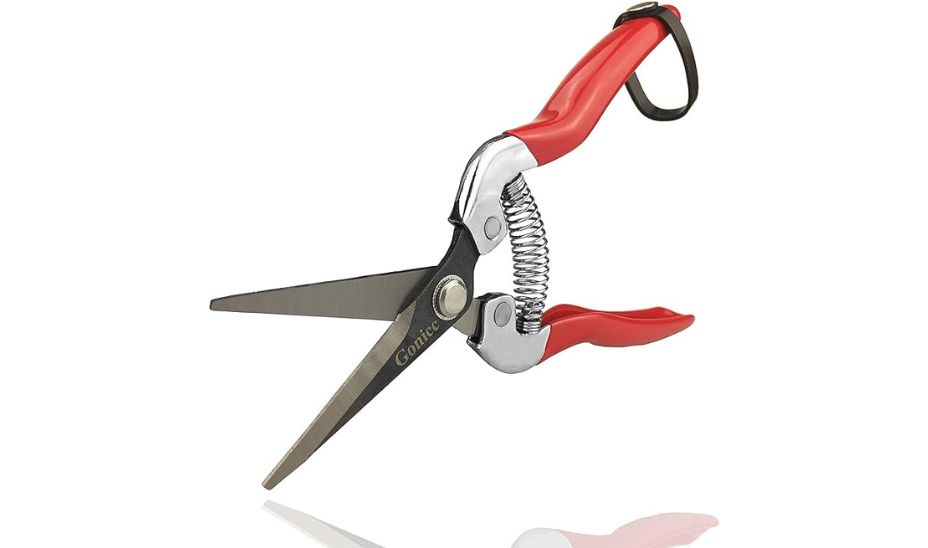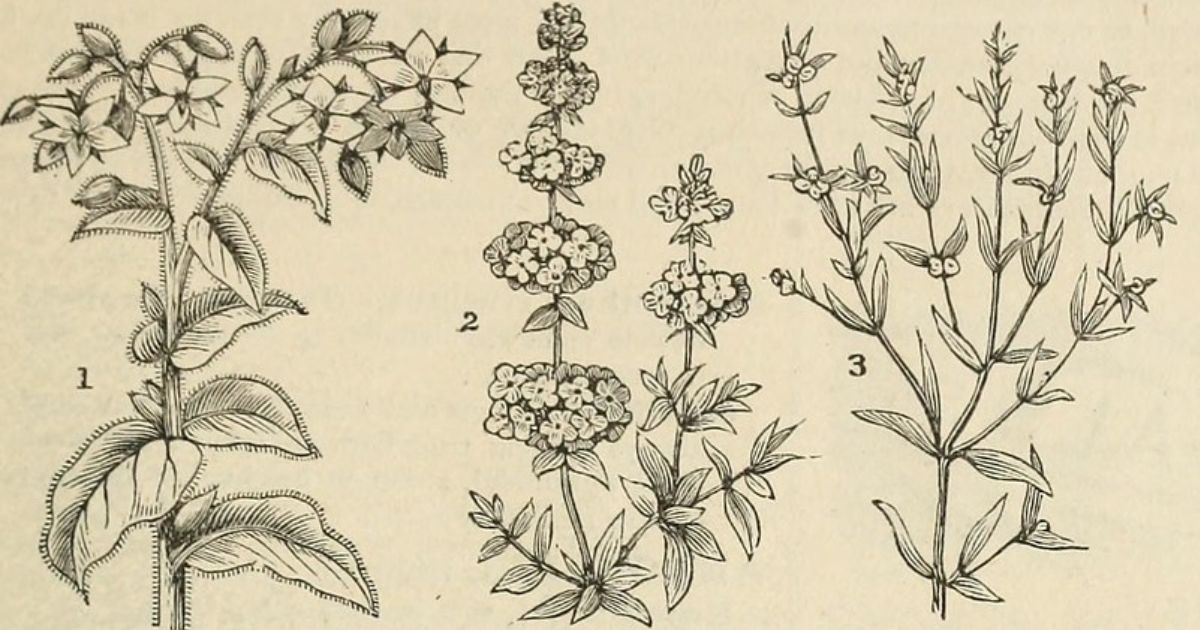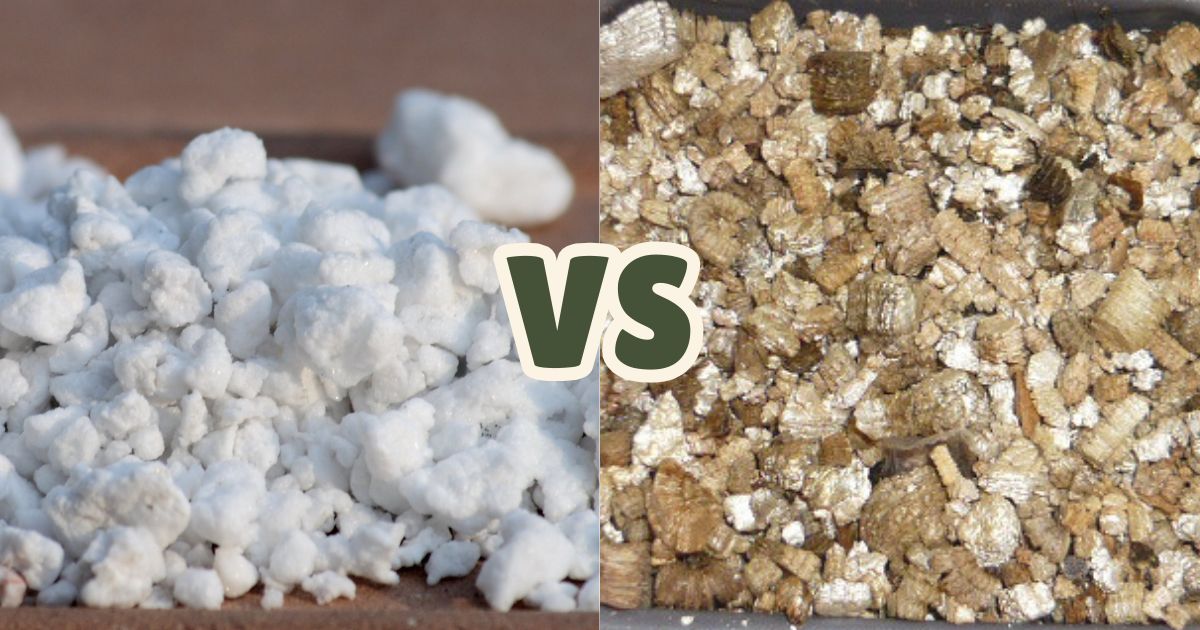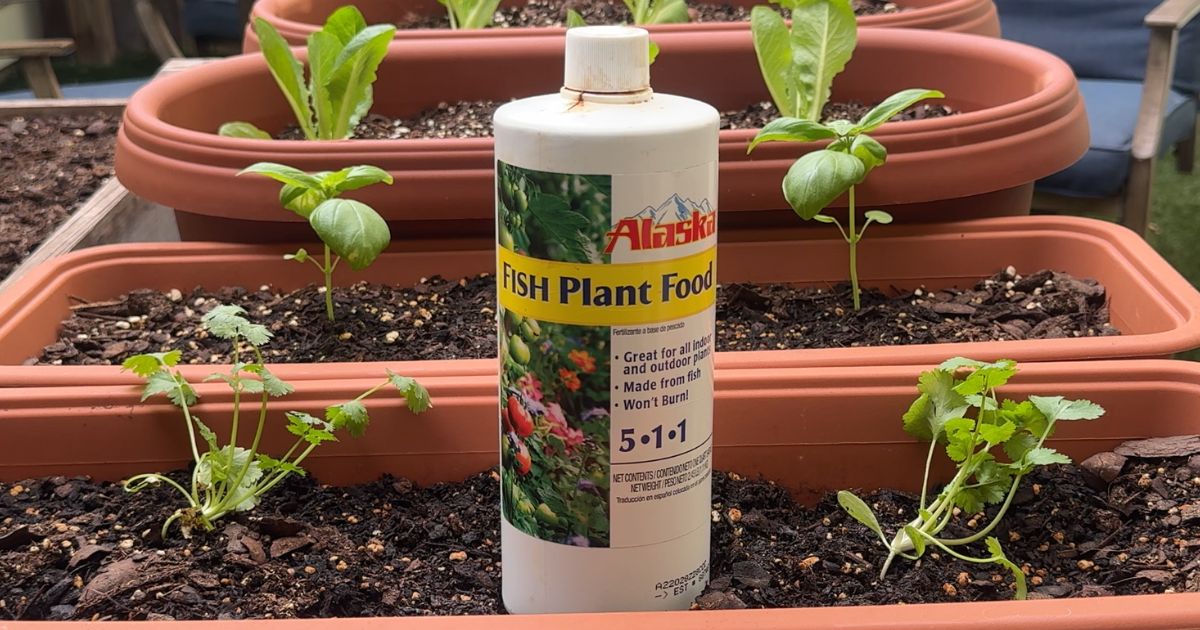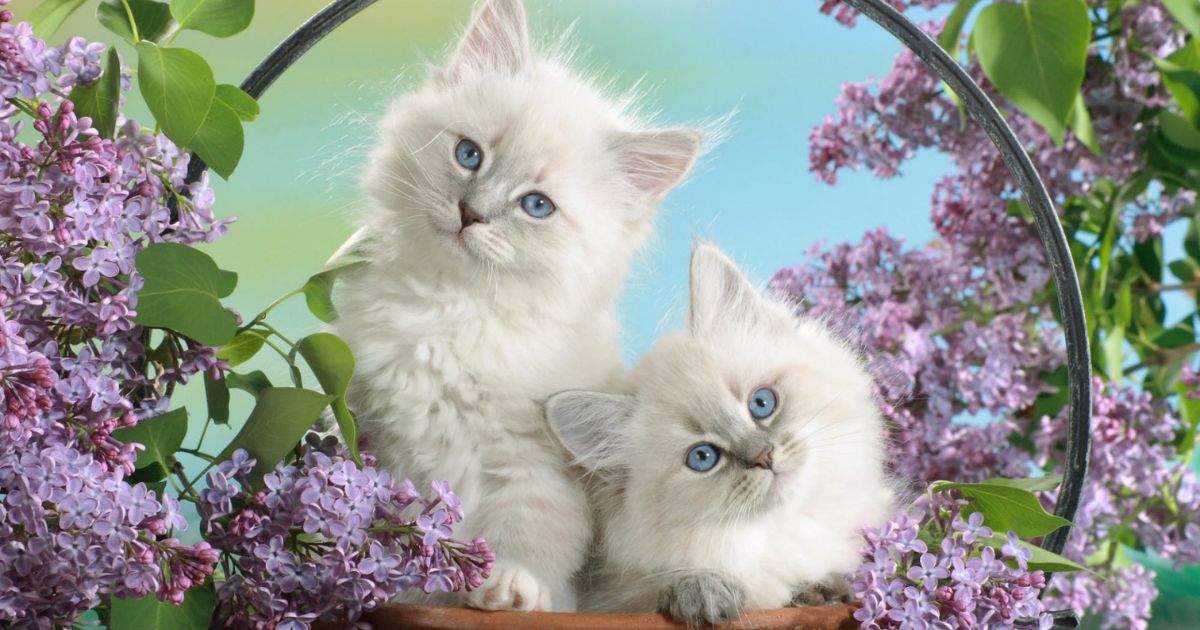
Are These 10 Popular Flowers Poisonous to Cats?
Cats are naturally curious creatures, and their love for exploring can sometimes lead them into trouble. As a cat owner, it’s crucial to know which flowers may pose a danger to your feline friend. In this article, we examine whether these ten popular flowers are toxic to cats and what symptoms to watch for if exposure occurs.
Roses
Toxicity Level: Non-Toxic (with caution)
Roses themselves are considered non-toxic to cats. However, their thorns can cause physical injuries such as scratches or oral irritation if chewed. Avoid exposing your cat to roses treated with pesticides or fertilizers, which could be harmful.
Tulips
Toxicity Level: Toxic
Tulips contain toxins called tulipalin A and B, primarily concentrated in the bulb. If ingested, symptoms may include drooling, vomiting, diarrhea, and lethargy. Keep tulips completely out of reach from your cat.
Lilies
Toxicity Level: Highly Toxic
Lilies are one of the most dangerous flowers for cats. All parts of the plant, including the pollen, are toxic and can cause kidney failure even in small amounts. Symptoms include vomiting, lethargy, and decreased appetite. Immediate veterinary care is essential if exposure is suspected.
Daisies
Toxicity Level: Mildly Toxic
Daisies contain pyrethrins and sesquiterpene lactones, which can cause mild symptoms like vomiting, drooling, and diarrhea in cats. While not as harmful as lilies, daisies should still be kept away from your pet.
Sunflowers
Toxicity Level: Non-Toxic
Sunflowers are safe for cats and pose no toxic risk. However, ingestion of large quantities may lead to mild digestive upset. Ensure your cat does not eat too much of the plant material.
Orchids
Toxicity Level: Non-Toxic
Most orchids, including popular varieties like Phalaenopsis orchids, are non-toxic to cats. While they’re generally safe, overindulgence may cause minor stomach upset. Monitor your cat if it shows excessive interest.
Peonies
Toxicity Level: Toxic
Peonies contain paeonol, particularly in the bark, which can irritate your cat’s gastrointestinal system. Symptoms include vomiting and diarrhea. It’s best to keep peonies out of your home or garden if you have cats.
Chrysanthemums
Toxicity Level: Toxic
Chrysanthemums contain pyrethrins, lactones, and other irritants that can lead to drooling, vomiting, diarrhea, and loss of coordination in cats. Avoid having these flowers in areas accessible to your pet.
Hydrangeas
Toxicity Level: Toxic
Hydrangeas contain cyanogenic glycosides, which can release cyanide when ingested. Symptoms include vomiting, diarrhea, and lethargy. While severe poisoning is rare, it’s wise to prevent your cat from chewing on hydrangeas.
Irises
Toxicity Level: Toxic
Irises contain compounds like irisin, which can irritate your cat’s digestive system. Common symptoms of ingestion include drooling, vomiting, diarrhea, and lethargy. Ensure these flowers are kept far from your cat’s reach.
Conclusion
Some flowers are safe for cats, while others pose a significant risk. Lilies, tulips, and chrysanthemums are among the most dangerous and should be avoided altogether. If you suspect your cat has ingested a toxic plant, contact your veterinarian immediately.
For a cat-friendly home, opt for non-toxic flowers like sunflowers and orchids, and always monitor your cat around plants. Your vigilance can ensure your feline companion stays safe and healthy.
